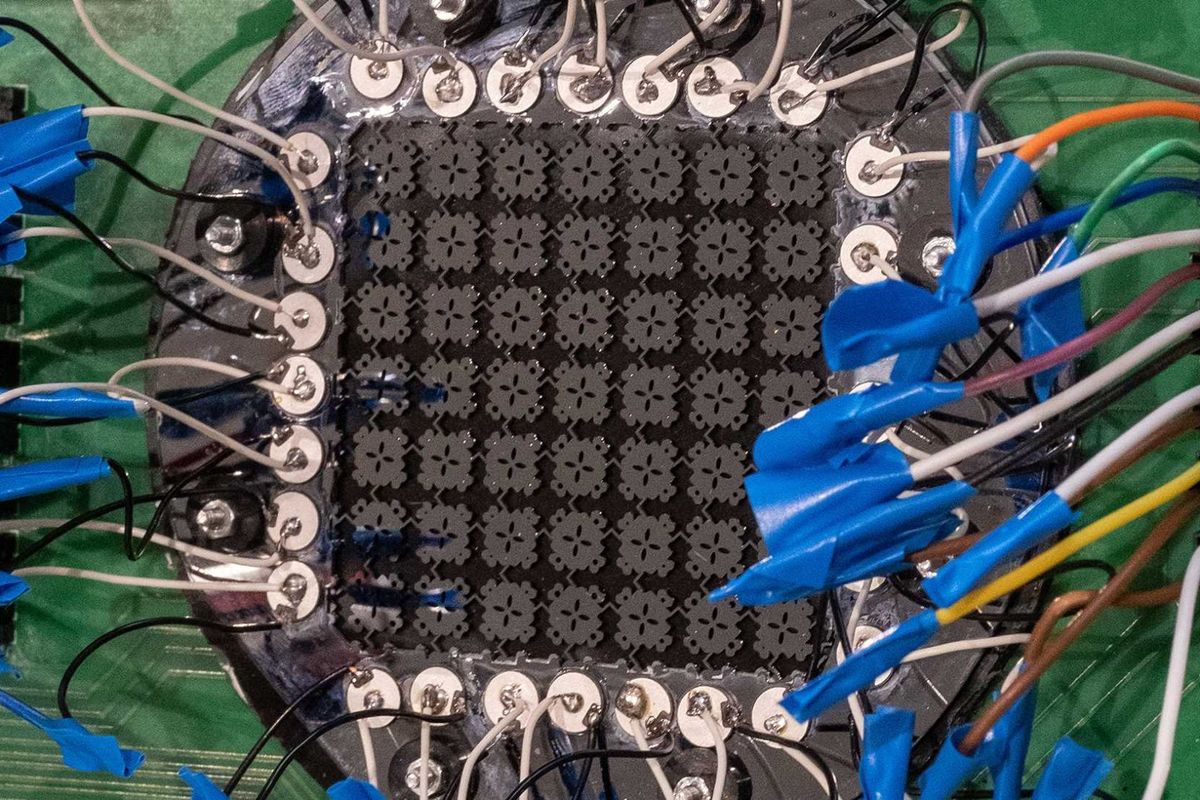
SCIENTISTS POWER SENSORS WITH SOUND WAVES, DITCH BATTERIES FOR ENERGY
A new mechanical sensor developed by researchers at ETH Zurich is powered only by sound. It could pave the way for ending the usage of disposable batteries in a wide range of devices. Interestingly, the device can be powered selectively using a particular tone or noise, not just any sound wave.
A wide variety of sensors are used in everyday life. Sensors are critical in everything from medical devices to improve hearing to mechanical applications to detect earthquakes. However, these sensors require small portable batteries to work and, depending on their energy consumption, may require the batteries to be replaced every day.
This creates a massive problem of electronic waste. As per estimates made in the European Union, as many as 78 million disposable batteries will be added to the waste pile every day by 2025. To avoid such a future, researchers are looking to power devices with alternative sources, and the ETH research team has found sound to be a powerful alternative.
How can sound power devices?
According to Johan Robertson, a professor of geophysics at ETH, the sensor uses the vibrational energy of the sound waves. The energy of the waves causes the sensor to vibrate and produce electrical energy that can be used to power devices.
To avoid excessive charging, the researchers used computer modeling and algorithms to develop a special structure for the sensor consisting of identical plates connected using tiny bars. These tiny bars determine whether a particular sound will set the sensor in motion.
For their prototype, the researchers demonstrated that the sensor could generate tiny electrical pulses when the word "four" was uttered. However, the word "three" did not generate the same impact as the sensor.
The dawn of metamaterials
Sensors made with such technology are classified as metamaterials. Here, it is not the properties of the components but the structure that gives them special properties. "Our sensor consists purely of silicone and contains neither toxic heavy metals nor any rare earths, as conventional electronic sensors do," said Marc Serra-Garcia, who was with ETH when the work was done.
Newer variants of the sensor will be able to detect up to twelve different words, such as "on," "off," "up," and "down". The researchers are now working to miniaturize them further to the size of a thumbnail shortly.
Battery-free sensors can be deployed for monitoring buildings in an earthquake. The alarm will go off if the building develops a crack that gives out a typical sound frequency. The sensors can also be deployed to monitor decommissioned oil wells. When gas begins leaking from a borewell, it gives out a long hissing sound that the mechanical sensor could detect and sound an alarm.
Since such systems do not continuously consume electricity, it is easier to deploy them at lower maintenance costs. According to Serra-Garcia, there is a demand for zero-energy sensors in the industry. He is now developing the sensor at the publicly funded research institute in the Netherlands. He hopes to launch a prototype by 2027.
The research findings were published in the journal Advanced Functional Materials.
2024-01-30T21:56:16Z dg43tfdfdgfd